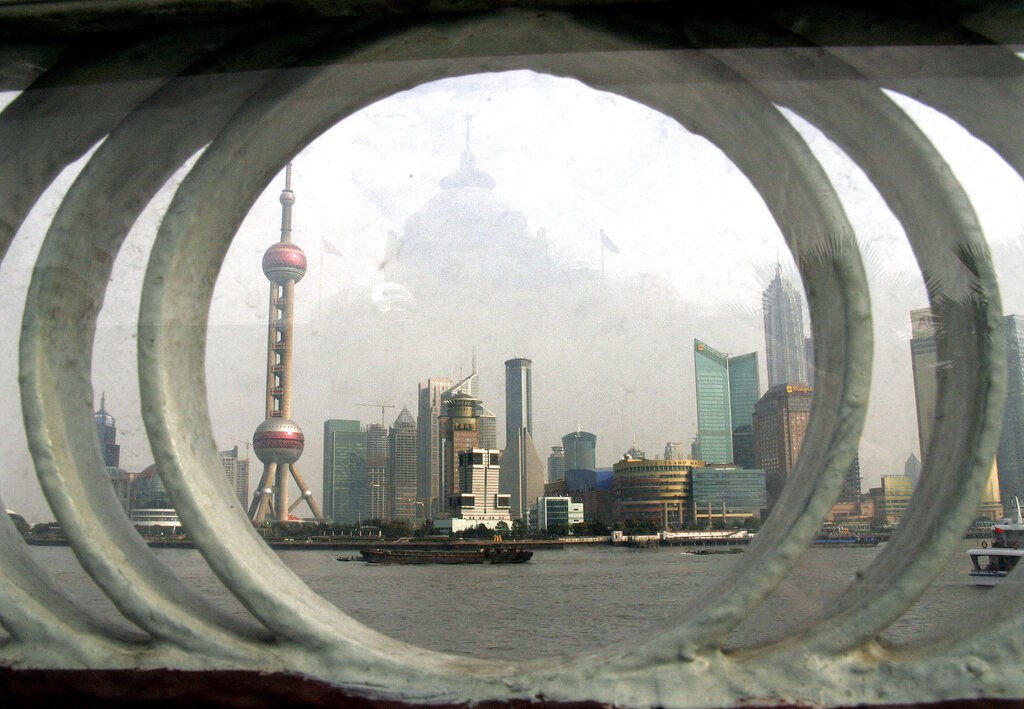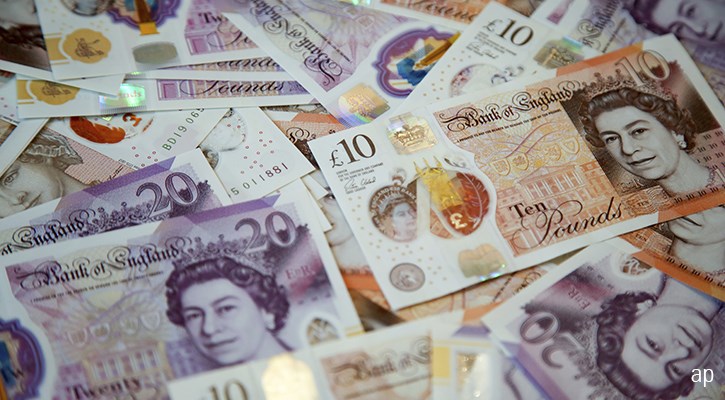
While a net subscription continued in the cross-border fund market, a trend that persists over the six quarters, the third quarter marks the slowest inflows momentum since the pandemic caused massive withdrawals. Equity portfolios absorbed USD 11.7 billion, and fixed-income funds gathered USD 9.9 billion.
Investors allocated more to moderate-allocation and growth-style equity funds. Several Asia and China-related equity categories suffered outflows.
In terms of fund provider, Pictet gathered the most assets in the reporting quarter, with an estimated net subscription totaling USD 9.1 billion. Investor subscriptions to two of its thematic fund offerings contributed more than half of the quarterly inflows. In contrast, Goldman Sachs and HSBC had net outflows of USD 4.5 billion and USD 2.2 billion, mainly because of money market fund redemptions.
The universe of cross-border funds (for sale in Hong Kong and Singapore) has recorded net inflows for six consecutive quarters. These inflows followed a severe withdrawal of USD 103.9 billion in the first quarter of 2020. However, in the third quarter of 2021, the recovery of fund flows stalled as the inflows significantly slowed.
Flows into equity funds halved quarter on quarter, dropping to USD 11.7 billion from USD 27.5 billion. Since January 2021, equity funds recorded a total of USD 91.6 billion. Within the equity category, the flows situation diverged. Investors continued to express interest in global large-cap growth equity as well as thematic portfolios investing in the technology and alternative energy sectors. At the same time, investors pulled their assets out of the categories of China equity, Asia ex-Japan equity, and China equity - A Shares.
On the fixed-income side, funds gathered USD 1.4 billion over the past three months, primarily driven by a few categories, namely global flexible bond - USD hedged, RMB bond – onshore, EUR corporate bond - short term, and Asia high-yield bond. That said, the quarterly inflows were insufficient to reverse the first quarter’s USD 6.4 billion net outflows. The group concluded the year-to-September period with a withdrawal of USD 4.6 billion.
The bout of equity volatility persisted, triggering investors to add on to a position that provides a level of asset-class diversification. As a result, relatively stronger flows entered allocation funds, as these vehicles gathered a total of USD 9.9 billion in inflows, in line with the USD 8.2 billion of inflows in the second quarter.
Meanwhile, investors redeemed USD 10.1 billion from money market funds, which are typically used as a near-term cash-management tool. The category posted a year-to-date redemption of USD 24.2 billion.
Allocation Continues to Gather Assets
The expectation of mixed economic signals and differing approaches to managing the postpandemic future across countries somewhat extended to the third quarter.
By Morningstar Category, moderate-allocation funds remained one of the preferred vehicles in this period. A typical moderate-allocation portfolio has 50% to 70% of assets in equities and the remainder in fixed income and cash. Specifically, the USD moderate-allocation category has been a favorite of cross-border fund investors as the funds collectively made it to the top for two quarters consecutively. The EUR moderate-allocation funds ranked the third quarter in terms of net inflows, drawing in USD 3.70 billion and USD 2.97 billion during this and the previous quarter. Like the previous quarter, the growth style is in favor among equity investors. Global large-cap growth equity and sector equity technology took in USD 3.5 billion and USD 2.3 billion, respectively, in the past three months.
Broader consensus on carbon reduction by policymakers encourages optimism for value chains that will bridge this vision with real-life adoption of renewable energy, fueling demands for relevant investment products. The fund category of sector equity alternative energy gathered USD 2.7 billion in the third quarter. The net inflows streak lasted eight quarters in a row, despite pandemic fears hitting the investment markets in early 2020. Over the past nine months, the category returns averaged 3.44%.
The two largest money market funds, GS USD Liquid Reserve Adm Acc (T) and HSBC US Dollar Liquidity A, contributed to most of the heavy redemptions in the USD money market category.
Policymakers at the US Federal Reserve indicated at the latest policy meeting that the upward pressure of inflation indicates it is time to taper, meaning that the central bank will slow its aggressive bond-buying program with a tentative plan from mid-November 2021 at the earliest through July 2022. Under anticipation of a rate hike and tightening credit spreads, investors moved on from taking credit risks, pulling capital out of global corporate bond - USD hedged.
During the same period, China’s property market liquidity and ongoing regulatory consolidation quickly turned investors skeptical of the market’s growth prospects. China equity, Asia ex-Japan equity, and China equity – A shares saw respective net withdrawals of USD 2.6 billion, USD 1.9 billion, and USD 1.1 billion.
*Note
- Both locally domiciled and cross-border open-end funds that are registered for sale in Hong Kong or Singapore are included, as it is common for Hong Kong and Singapore investors to buy European UCITS funds. However, cross-border fund flows figures do not have a breakdown by market.
- Only surviving investments are counted, and the share class with the longest track record is shown.
- China-domiciled funds that are registered for sale in Hong Kong via the Mutual Recognition of Funds scheme are not included.
- All dollar amounts and returns are calculated in US dollars, except where stated otherwise.
- The Morningstar Fund Category Definitions can be found here.
©2021 Morningstar. All rights reserved. The information, data, analyses and opinions presented herein do not constitute investment advice; are provided as of the date written, solely for informational purposes; and subject to change at any time without notice. This content is not an offer to buy or sell any particular security and is not warranted to be correct, complete or accurate. Past performance is not a guarantee of future results. The Morningstar name and logo are registered marks of Morningstar, Inc. This article includes proprietary materials of Morningstar; reproduction, transcription or other use, by any means, in whole or in part, without prior, written consent of Morningstar is prohibited. This article is intended for general circulation, and does not take into account the specific investment objectives, financial situation or particular needs of any particular person. Investors should consult a financial adviser regarding the suitability of any investment product, taking into account their specific investment objectives, financial situation or particular needs, before making any investment decisions. Morningstar Investment Management Asia Limited is licensed and regulated by the Hong Kong Securities and Futures Commission to provide investment research and investment advisory services to professional investors only. Morningstar Investment Adviser Singapore Pte. Limited is licensed by the Monetary Authority of Singapore to provide financial advisory services in Singapore. Either Morningstar Investment Management Asia Limited or Morningstar Investment Adviser Singapore Pte. Limited will be the entity responsible for the creation and distribution of the research services described in this article.










.png)



.jpg)





